Balances
The scale is a device that measures the mass of a specific body, giving accurate data on its weight. Among the many existing models, it stands out the analytical balance that has a high power of rigor, because with it you can obtain a great precision.
Accuracy is the number of decimal places used to express what is measured, while accuracy indicates the degree of approximation between the measured value and the actual value to be measured. On the other hand, if we refer to a series of measurements, the accuracy is the degree of grouping or repeatability of the measured values or dispersion of the results, while the accuracy represents the degree of approximation between the mean of the measured values and the real value.

Types of Balances a Laboratory May Need
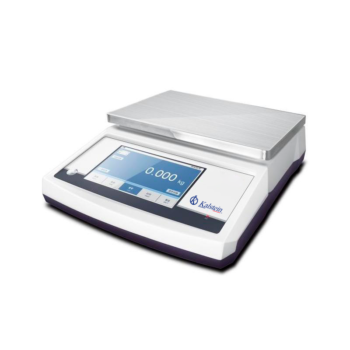
Multifunction Weighing Scale
Electronic balances are highly valuable measurement equipment for chemical, analytical and formulation operations in industries and quality laboratories. They are used, like scales in general, to measure the mass of a body or substance, only since it is a precision scale, the measurement is exact. To weigh correctly on a laboratory balance, it is necessary to take into account the possible sources of error and act to avoid or minimize them.
Despite the perfection achieved in the manufacture of balances, the disturbing effects of the environment and poor practice can result in weighing errors. When you use these amazing tools, you have to be very careful because even if it is very easy to use devices, if you don't follow the steps in the right way, you increase the risk of making mistake
Analytical Scales
An analytical balance is a measuring instrument used to determine the mass of an object, it provides a high degree of precision in the order of 0.001 grams. Created in 1750 by the Scottish chemist Joseph Black, it is currently considered an important scientific instrument for delivering data with great accuracy. For its operation, it must be positioned under a specific environment and have controlled environmental conditions.
- Electromagnetic sensor.
- Backlit LCD screen, easy and clear.
- Easy to use, direct weighing, directly read the weighing result.
- Very smart, tare and re-zero within the entire weighing range, overload display.
- Multi-mode option: count weigh weight percentage 、 density weight.
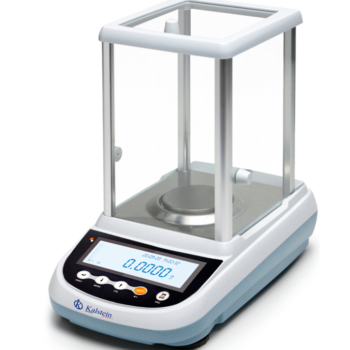
In Kalstein you can find the Ideal
Balances for your Laboratory
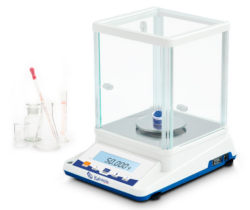
Analytical Balance YR05584 // YR05587
LCD/AC and DC power supply. Tare function/Counting/Unit conversion(g/ct/oz). Min weighing set.Overload alarm/Level indicator

Analytical Balance YR05769 // YR05773
Electromagnetic sensor. JA-N (Internai calibration). Aluminum shell. Large space wind proof cover. LCD(White back light with black font)...
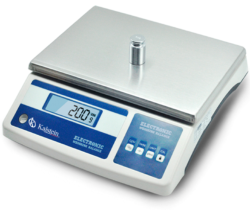
Industrial Scale YR05606 // YR05614
Large range and high precision. Fashional appearance. Large size stainless steel pan. LCD(White back light with black font). AC and DC power supply...
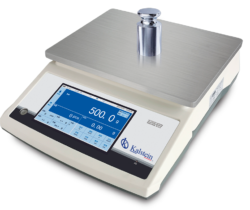
Multifunction Weighing Scale YR05615 // YR05619
Net and Gross/Sum. Unit conversion(g/ct/oz). Overload alarm. Connect PC and printer. Optional label printer. Function Expansion:Under weighing / Remote...
Our Best Selling Balance
- Internal auto calibration
- 5 Inch touch panel
- One key/Time trigger internal calibration
- Electromagnetic force sensor
- Aluminum shell/Large space wind proof cover
- Tare function/Counting/Density/Percentage
- Unit conversion(g/mg/ct/oz)…
- Under weighing
- Sensitivity/Speed set
- Overload alarm/Fault alarm/Level indicator
- Option:Density kit (Solid/Liquid)
| Model | YR05573 | YR05574 | YR05575 |
| Capacity | 100g | 210g | 220g |
| Readability | 0.0001g | ||
| Min Weighing | 0.0004g | ||
| Repeatability | ±0.0002g | ||
| Linearity | ±0.0003g | ||
| Stable Time | ≤3S | ||
| Pan Size | Ø80mm | ||
| Appearance Size | 340x215x350mm | ||
| Draft Shield Size | 240x190x265mm | ||
| Communication | RS232(Standard)/ USB(Optional) | ||
| Temperature | 15-35℃ | ||
| Calibration | Internal Calibration | ||
| Cal.Weight | 100g | ||
| Option | Printer | ||
| Packing Size | Inner box:415x285x430mm Outer box:475x315x485mm | ||
| Gross Weight | 11kg | ||
| YR01936 | 2000 |
| YR01763 | 3000 |
| YR01764 | 4000 |
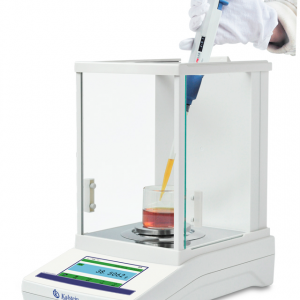
Analysis of the best Balances for your Laboratory

What are the types of laboratory balances?
Laboratory balances are instruments that allow determining the weight of a body, that is, they are responsible...

Laboratory scales: care and maintenance
These instruments are characterized by providing accurate weighing, so they are used in industries...
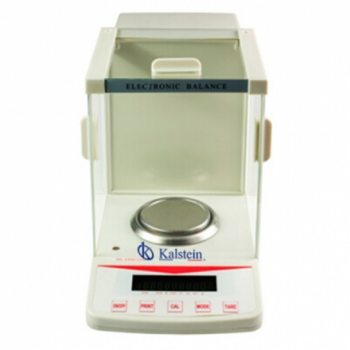
Differences between laboratory balances?
Laboratory scales are devices that allow to determine the weight of a body, that is, they measure the...

When is it necessary to use an Analytical Balance?
he analytical balance is a laboratory equipment, also known as a scale, designed to measure...
Catalog of Balances models on offer
-
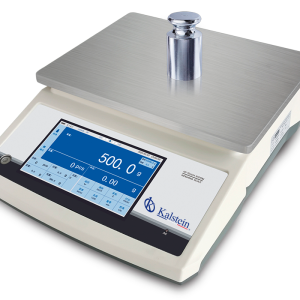
Multifunction Weighing Scale YR05615 // YR05619
Select options This product has multiple variants. The options may be chosen on the product page -

Multifunction Weighing Scale YR05620 // YR05622
Select options This product has multiple variants. The options may be chosen on the product page -
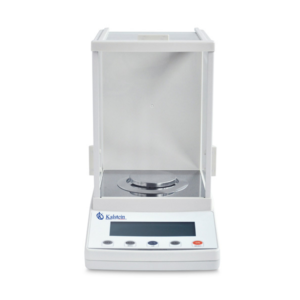
External Calibration Analytical Balance YR05578 – YR05579
Select options This product has multiple variants. The options may be chosen on the product page -
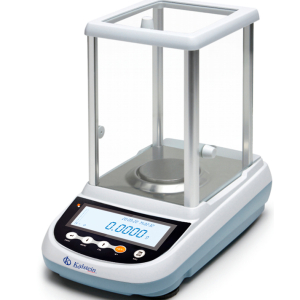
Internal Calibration Analytical Balance YR05568 // YR05572
Select options This product has multiple variants. The options may be chosen on the product page -
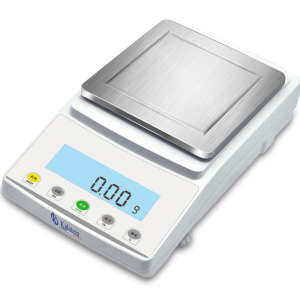
Precision Balance YR05600 // YR05602
Select options This product has multiple variants. The options may be chosen on the product page -
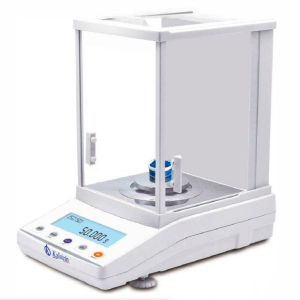
Analytical Balance YR05774 // YR05778
Select options This product has multiple variants. The options may be chosen on the product page -
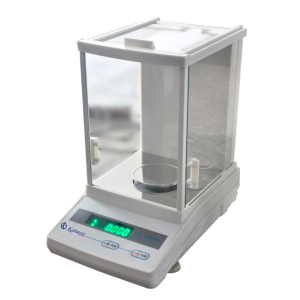
Analytical Balance YR05779 // YR05781
Select options This product has multiple variants. The options may be chosen on the product page -
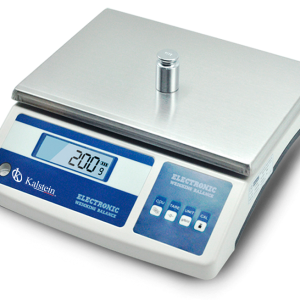
Industrial Scale YR05606 // YR05614
Select options This product has multiple variants. The options may be chosen on the product page
Guides to becoming an expert in Balances
What are the technical characteristics of an Analytical Balance?
An analytical balance is a laboratory instrument capable of providing fairly accurate measurements, as they are...
How to choose the ideal Balance for your Laboratory? - Laboratory
It is essential to know the functions offered by the scales that suit the requirements of the laboratories...
Analytical Balance: What are the applications and uses?
Analytical balances are a special type of balance that offers very accurate measurements, because they have a system capable of...
Laboratory Balances and their applications
The laboratory scales, developed in 1750 by the Scottish chemist Joseph Black, were more accurate than other scales of that time and represented a breakthrough in chemistry....

Frequently Asked Questions about Balances
How to know the prices of the Balances?
To know the price of the Balances we invite you to send us an email with your request through the contact form.
What are the delivery times of the Balances?
The delivery time of your Kalstein product will depend on the following:
- If the equipment of your interest is in stock or if it must be manufactured.
- The type of freight you have chosen may be either air or sea.
- Equipment in stock:
- Delivery Time (Air): 15-30 days.
- Delivery Time (Maritime): 45-60 days.
- Equipment not in stock:
- Delivery Time (Air): 30-60 days.
- Delivery Time (Maritime): 60-90 days.
How to make a purchase of the Balances?
You can purchase through:
- By email: [email protected]
- By telephone: +33 (0) 1 78 95 87 02
- E-commerce: Via Kalstein's official website in your country.
How does the warranty work?
At Kalstein, we provide our customers with induction and technical support through new online methods. You can visit our induction videos, technical assistance and guidance provided by a Kalstein team through our Youtube channel (Kalstein English) HERE
Can I request a quote online?
Of course, you can request a quote for the Kalstein team of your interest, directly from our official website. Once you have identified your preferred model, click HERE
